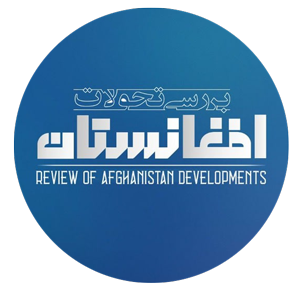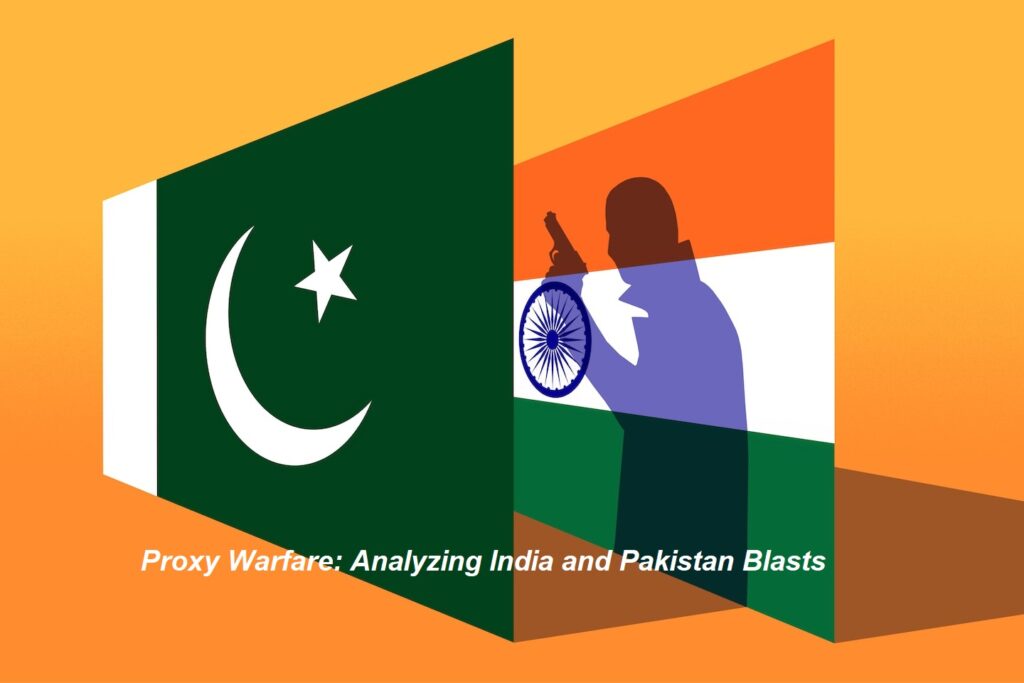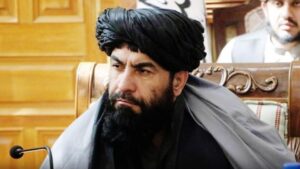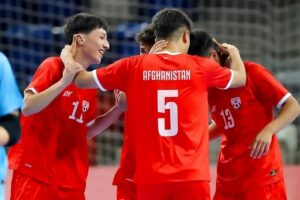Review of Afghanistan developments
In recent decades, the geopolitical competition between India and Pakistan has primarily been evident in the intricate and multifaceted landscape of Afghanistan, which has turned into a battleground for proxy conflicts aimed at altering the power dynamics in favor of both nations. Following the significant transformations that took place in Afghanistan after 2021, this dynamic has undergone a fundamental shift. The increase in assaults by the Tehreek-e-Taliban Pakistan, Baloch groups, and particularly the violent explosions in the centers of Delhi and Islamabad, signify a relocation of the conflict from Afghan territory to the core regions of India and Pakistan. These occurrences, which serve as markers of this strategic shift, should be recognized as a pivotal transition in strategy.
This note addresses the essential inquiry regarding the reasons Afghanistan is no longer the primary battleground for competition between India and Pakistan.
The traditional match between India and Pakistan on Afghan soil
To comprehend this paradigm shift, one must take into account Afghanistan’s historical position as a battleground for India and Pakistan. For many years, Pakistan has utilized Afghan opposition factions as a means to assert its influence in Kabul, restrict India’s involvement, and even topple the government, most recently exemplified by the Taliban’s overthrow of the republic. Pakistan aimed to create a cooperative state in its western territory, allowing it to concentrate all its efforts and military assets on the eastern front, specifically India.
In contrast, India recognized this strategic threat and endeavored to forge a strategic alliance with the Afghan government by making substantial investments in the reconstruction of Afghanistan following the collapse of the first Taliban regime and the formation of a new Western-supported government. These investments, which took the form of infrastructure development, economic assistance, and the training of security personnel, not only enhanced India’s influence but also intensified Pakistan’s strategic encirclement. Consequently, Afghanistan became the battleground for a comprehensive proxy war between India and Pakistan, where both nations vied for dominance through their local allies while avoiding direct confrontation.
The evolving dynamics between India and Pakistan following 2021
The hasty withdrawal of the United States from Afghanistan, coupled with the swift rise of the Taliban’s control over the region, has significantly altered the strategic landscape. A key outcome of this situation for the India and Pakistan dynamic is the disruption of the Afghan arena, as Afghanistan’s geography no longer offers Pakistan the strategic advantages it previously enjoyed. The Taliban administration, by pursuing a balanced foreign policy, seeks to foster relations with all its neighboring countries, including India, and is not prepared to compromise its ties with India in favor of Pakistan’s interests. Consequently, Pakistan is not only grappling with the realization that its aspiration for ‘strategic depth’ has been diminished under Taliban governance, but it is also confronting a severe security crisis within its borders; the frequency and severity of attacks, particularly in the Khyber Pakhtunkhwa and Balochistan provinces, are escalating dramatically, mirroring the patterns observed in Pakistan’s previous decade of involvement in Afghanistan.
Confronted with the evolving security landscape, Pakistan implemented a dual strategy: initially, it applied significant pressure on Afghanistan. This pressure encompassed psychological operations, the closure of borders to impose economic strain on Afghanistan, the expulsion of refugees, and ultimately, airstrikes targeting Kabul and other regions of Afghanistan. Subsequently, Pakistan’s strategy involved issuing a warning to India. The car bomb explosion in Delhi suggested that India should be prepared for the developments arising from the ongoing situation in the capital.
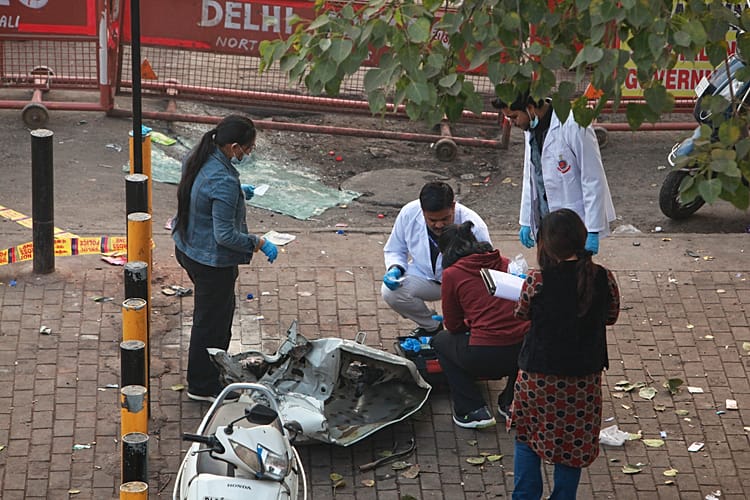
India appears to have reacted to the explosion with a prompt and reciprocal action against Pakistan, specifically a suicide bombing outside the Islamabad judicial complex, for which Jamaat-ul-Ahrar (previously known as Ahrar-ul-Hind) has taken responsibility. This served as a caution that any aggression would provoke a response. This retaliatory strike on Pakistani territory marked a significant shift in the evolving dynamics of the conflict, illustrating that Delhi had discovered the resolve and determination to confront the proxy war directly within the enemy’s domain.
The recent security dynamics in South Asia stem from several significant factors. Firstly, Pakistan currently does not possess an effective proxy force to expand the conflict into Afghanistan. In other words, Pakistan finds itself without resources. Secondly, the activation and fortification of the Tehreek-e-Taliban Pakistan has provided India with a strategic advantage. This group, now regarded as the primary adversary of the Pakistani government, inadvertently serves as a potential ally for India, which has significantly diverted Pakistan’s security focus and resources. This situation allows India greater flexibility in its actions. Thirdly, India has demonstrated in recent years its readiness to respond swiftly to terrorist activities originating from Pakistan, indicating that it will retaliate in kind; thus, the operation in Delhi was met with a corresponding operation in Islamabad.
Related Articles
The role of the India in the Afghanistan-Pakistan conflict
The impact of the terrorist attack in India on Afghanistan
Conclusion
According to the evidence, it can be concluded that the geography of proxy conflicts between India and Pakistan is evolving from its conventional form. In this new configuration, Afghanistan is no longer a viable location for proxy wars, as the Taliban government is well aware of the India and Pakistan proxy conflict, although it will not be exempt from Pakistan’s fury.
In the updated security dynamics of the region, proxy instruments that were previously utilized across borders have now started manifesting as terrorist attacks in the capitals and major cities of India and Pakistan. This transformation serves as a significant warning for regional stability. Proxy wars can be somewhat controlled when they take place in a third country; however, when they are brought into the primary territories of the involved parties, the likelihood of rapid escalation into a full-scale conflict increases dramatically. The future stability of South Asia hinges on the capacity of India and Pakistan to recognize this paradigm shift and establish new mechanisms for crisis management. Failing to do so may result in a perilous and vicious cycle of proxy violence within the core regions of both nations, which will be considerably more challenging to manage than in previous instances.
